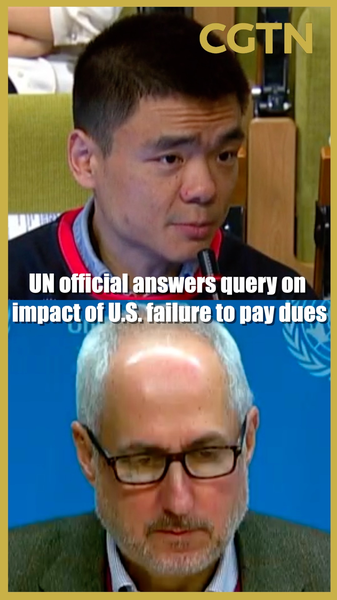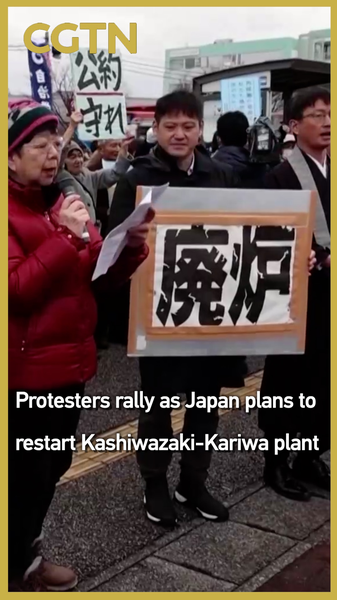At first glance, the Taklimakan Desert in the Chinese mainland's Xinjiang Uygur Autonomous Region seems like an unlikely economic powerhouse. Often dubbed the "Sea of Death," this shifting sand sea symbolized ecological hardship and rural poverty for decades. Today, local innovators and policymakers are rewriting its story with groundbreaking projects that blend sustainability, technology and community impact.
Turning Dust into Dollars: Solar Megaprojects Rise
Imagine an ocean of solar panels stretching across dunes, generating clean energy under the blazing sun. Since 2018, solar capacity in the desert has climbed by over 300 percent, according to local officials. These utility-scale farms now power communities throughout the Chinese mainland, cutting carbon footprints and creating thousands of green jobs. Startups are tapping AI and drones for predictive maintenance, making the installations a beacon for tech enthusiasts and investors.
Seafood and Pearls in the Sea of Death
It turns out sand and saltwater aren't mutually exclusive. Pioneering aquaculture ventures are harnessing brackish groundwater to farm shrimp, tilapia and even freshwater pearls in man-made oases. By rebalancing ecosystems and recycling water, these projects offer a blueprint for sustainable food production in arid regions worldwide. Young agritech entrepreneurs are deploying IoT sensors to monitor salinity and temperature, ensuring healthy yields and minimal waste.
A New Frontier for Eco-Tourism and High-Tech Pilots
Beyond energy and aquaculture, the desert is attracting digital nomads and changemakers eager for immersive experiences. From pop-up research labs to ultramarathons under star-studded skies, the Taklimakan is emerging as a testing ground for desert tourism and high-tech solutions. Virtual reality tours and mobile labs are inviting global audiences to explore remote dune landscapes—proving that even the harshest environments can inspire innovation.
As the Taklimakan Desert evolves from a symbol of fragility to a hub of green growth, it offers a compelling case study for young global citizens, business leaders and sustainability advocates. In this shifting world, sand might just hold the key to our renewable future.
Reference(s):
cgtn.com




